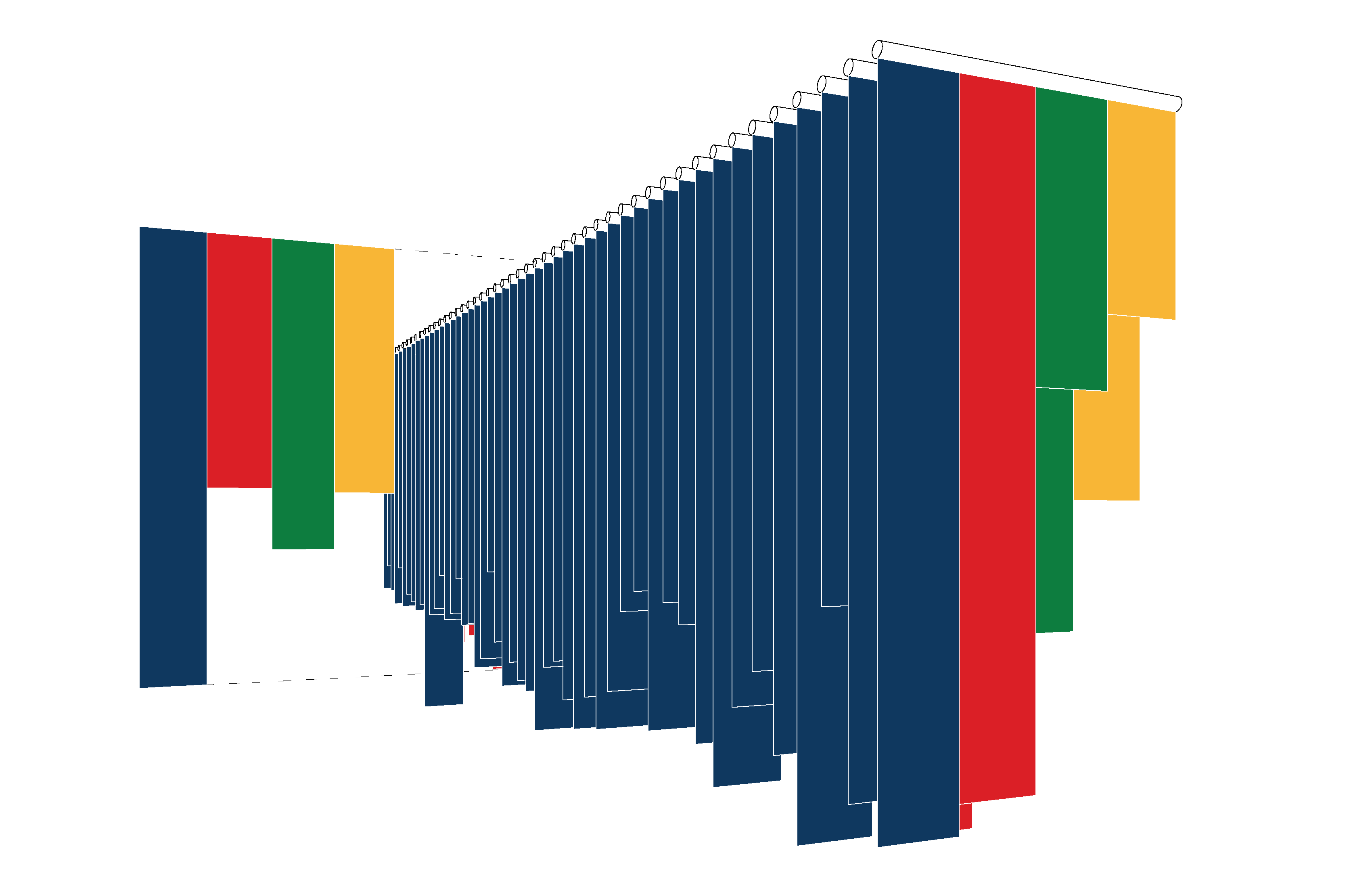Reflexiones: A Cornell Latinx Retrospective
Osiel Aldaba
B.Arch. '26, Cornell AAP
March 4-22, 2024
John Hartell Gallery, Sibley Hall
Biography
Osiel Aldaba is a third-year B.Arch student at Cornell AAP, pursuing a minor in Latin American Studies. In addition to these academic pursuits, Aldaba researches 20th-century social housing projects under Associate Professor Lily Chi. With his studies, Aldaba is interested in the intersections of race and architecture, specifically U.S. Latino design in the 20th century.
Exhibit
I write to remember.
I make rite (ceremony) to remember.
It is my right to remember (Moraga 81).
– Cherríe Moraga, Xicana Codex of Changing Consciousness
Reflexiones allows the Cornell community to meditate on the last 50 years of Latino representation on the university campus. In 1993, the first Latinx-focused installation on campus, Revoluciones, called attention to the lack of progress in Latinx student enrollment, tenured faculty, and other issues. Reflexiones allows us to take a step back 30 years later to reflect on the University’s progress on the promises made to student activists after their takeover of Day Hall that same year. As we mark the 30th anniversary of these events, this installation serves to measure the University’s progress toward these promises. How does Cornell – with and without affirmative action – embrace communities that have worked hard for inclusion?
This project is a first-voice retrospective on Latinx representation at Cornell. It is the second installation that focuses on the Latino experience on Cornell’s campus, drawing inspiration from Revoluciones, the spatial languages of the barrier is continued, and only this time using fabric to divide the space. Multiple lengths are hung along the central wall in the John Hartell Gallery to represent the U.S. Anglo population, the Cornell Anglo population, and the U.S. Latinx population, a depiction of the demographic data from 1972 to the present. The striations formed by the vibrantly colored fabrics pay homage to the colors often found within the larger Latinx community.
This disruption and barrier-making also harkens to the idea of the borderlands. Queer Chicana feminist and theorist Gloria Anzaldua writes,
“In fact, the borderlands are physically present wherever two or more cultures edge together, where people of different races occupy the same territory where under, lower, middle, and upper classes touch, where the space between two individuals shrinks with intimacy” (Borderlands 19).
Aldaba argues that Cornell is no different; Ezra Cornell’s vision of “any person, any study” allows students from various cultural and socioeconomic backgrounds to share this space. This project invests in the conscious confrontation of the uncomfortable inequities that still exist and the promises that are left unfulfilled.
The hope through this installation is twofold: to continue highlighting the Latinx presence and legacy at Cornell and to hold the University accountable for the promises made 30 years ago to its Latinx students involved in the Day Hall Protests.

